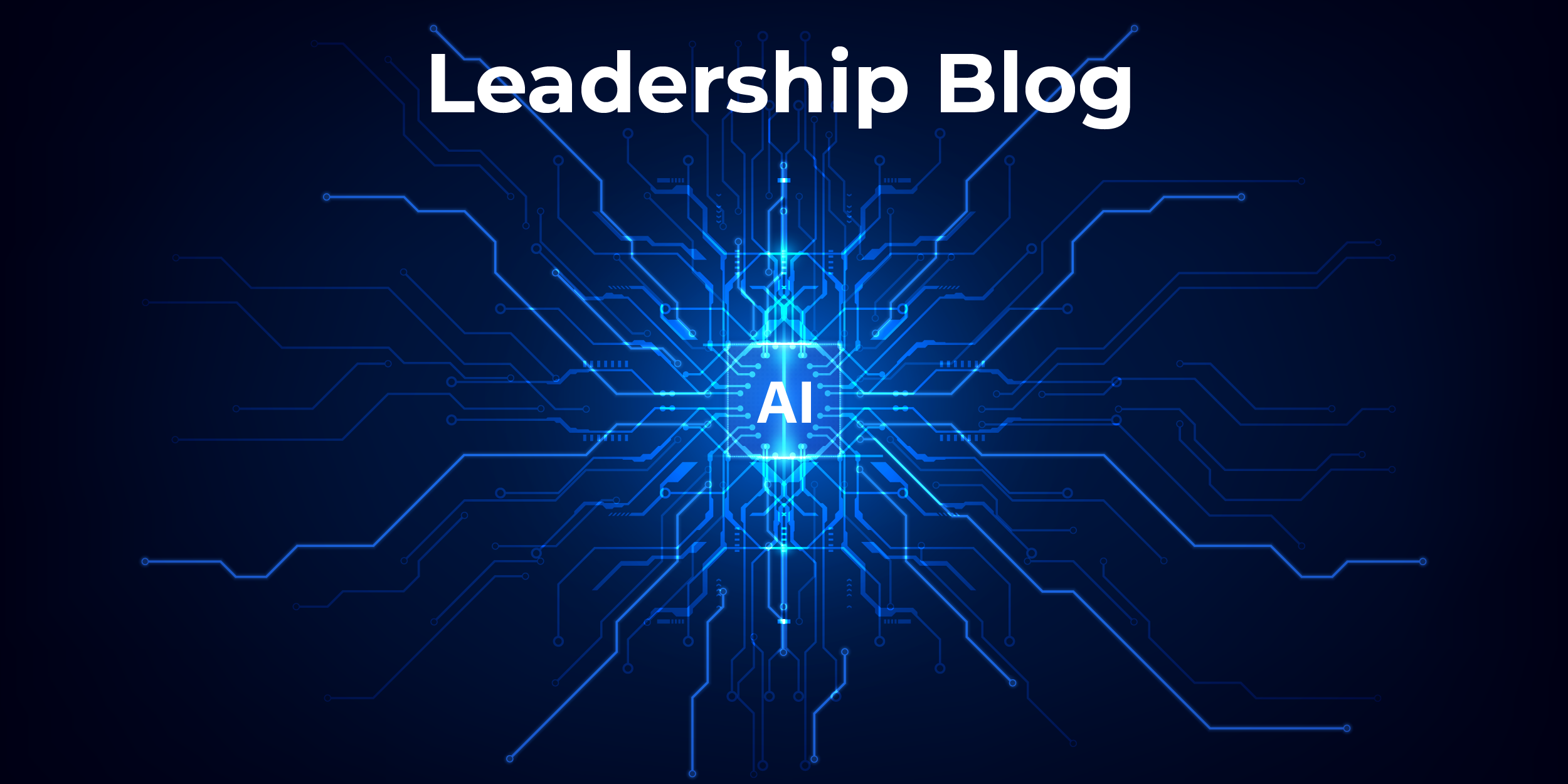Takes from The Top: The Evolving Role of AI in Digital Transformation
Stephen Young is the President and CEO of Square 9 Softworks. As a founding partner, he played a critical role in taking the company from its early days in a New Haven coffee shop to an industry-leading provider of document automation solutions. Stephen has over 30 years of experience in the software industry and thrives at taking the paper out of work.

With all the buzz surrounding Artificial Intelligence (AI), like new, practical applications and continually emerging use cases, it’s important to recognize the profound impact it’s making on digital transformation. Recent advancements in Document AI and OCR technology have revolutionized our ability to interact with digital content. This technology offers a significantly higher level of accuracy, all while reducing the costs typically associated with traditional OCR-based solutions.
The Soon-Antiquated Templated Approach
For many years, the challenge of converting images into useful information that business applications can consume has been the need for intervention by skilled knowledge workers. Traditional OCR could extract values presented in a document, but first, someone needed to tell it what type of data it was extracting and where it could be found. Advanced tooling, like proximity-based templates, certainly advanced the cause by allowing more flexible extraction. For example, it could locate a dollar value by looking below or to the right of where it saw the words “Total Amount” and assume that this was the value.
As capture needs expand, however, this model becomes increasingly fragile. Variances in scan resolution might impact positioning, and similar documents produced by other vendors will most certainly introduce differences in layout. This is also true with faxed documents, which can appear almost “stretched” by the transmission process, varying greatly in this appearance based on the resolution of both the sending and receiving devices. While there are other tools to address these issues, the time and effort required to configure and test the extraction template grows more drawn out in time and effort.
The Emergence of AI Capture
Over the last year, AI has emerged as a force for intelligent data extraction independent of document structure. A high-value application like Vendor Invoice data extraction, which allows users to eliminate data entry and feed information to their Accounts Payable system, could have taken weeks to configure. Now, with AI, all of that effort is wiped clean as the AI engine extracts all relevant information, including any line item data, with higher accuracy than previous methods. This isn’t the only AI-driven extraction method available either. Extraction profiles range from simpler applications like government-issued ID cards and passports to more complex documents like mortgage applications.
The results are equally impressive for users of Intelligent Character Recognition (ICR) or for converting handwritten information to text. Before the introduction of AI, a fairly common accuracy level for reading handwritten documents was around 50-60%. The results could sometimes be improved through constraint boxes or “combs,” which helped impose structure on the person writing out the information, but the outcome was never something you could rely on. Therefore, extensive quality assurance was usually required for extracted results. With AI-assisted extraction, the results are now usually more in the 90th percentile, which means far less effort is required to ensure you’re getting a high-quality interpretation of the data.
Innovation Continues
Recent developments have further harnessed the power of AI-driven extraction by bringing its benefits to machine-learning processes. Unlike traditional methods, this approach doesn’t rely on specific data coordinates on the document. Instead, it intuitively pairs the field name with its value, making data manipulation a breeze. Users can easily train the software to use this paired data per their requirements. This approach is particularly valuable for table-based data or complex documents where values must be grouped and manipulated. It even applies to simple math applications, such as a quality assurance step that multiplies fields within a table to confirm their extended value.
Looking to The Future
While all of the advances in AI-driven document data extraction are game-changing, the future use cases for this structured data are even more exciting. With AI data extraction, we can convert an image with no intelligence into structured, identified data while saving time and money on manual data entry. Through generative AI and natural language processing, we will soon have the ability to search for information far more intelligently. Imagine being able to simply type (or speak) a question like “Show me the vendor invoices that have the highest value in May” or “How many payables has the AP team processed today?” and immediately see the matching data and documents. This type of Chat GPT experience for your business documents in the near future will be made possible only by the ability you have today to index the unstructured data within your documents.
About Square 9
Square 9 is a leading provider of AI-powered intelligent information management solutions that take the paper out of work and make it easier to get things done. With digital workflows that automate many aspects of how you work today, we make it easy by extracting information from scans or PDFs, storing documents in a searchable archive, and building digital twins of your current processes through graphical workflows.

